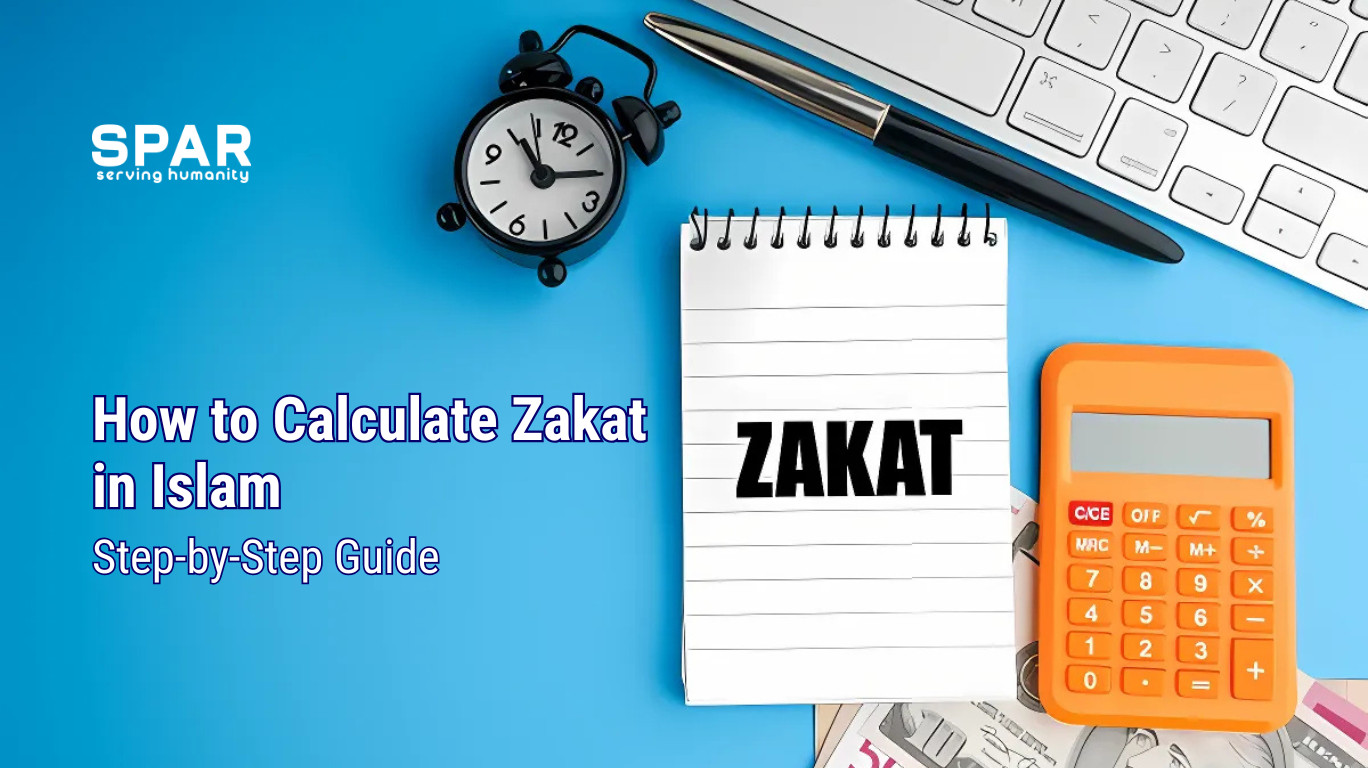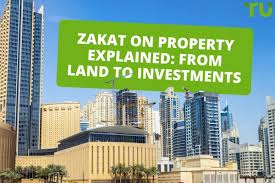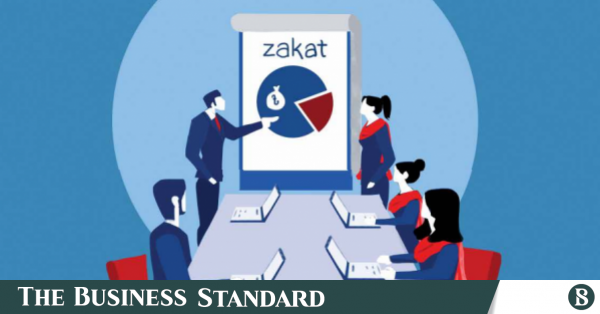Now Reading: 7 Key Zakat Reforms Affecting Developers and Landowners in 2025
-
01
7 Key Zakat Reforms Affecting Developers and Landowners in 2025
7 Key Zakat Reforms Affecting Developers and Landowners in 2025

Table of Contents
Zakat Reforms: Saudi Arabia’s real estate market, valued at SAR 1.1 trillion ($293 billion) with 200,000 transactions in 2024, is projected to grow at a 7.89% CAGR to USD 471 billion by 2030, per Saudi Residential Real Estate Market Overview. The Zakat, Tax and Customs Authority (ZATCA) has introduced reforms to the Zakat Collection Implementing Regulations, effective 2025, per Ministerial Resolution No. 1248, dated 11/10/1446 AH, to streamline compliance for developers and landowners.
These align with Vision 2030, reducing costs by 0.5–1.5% and supporting 6–8% yields. This article explores seven key zakat reforms impacting developers and landowners in Saudi Arabia’s real estate market in 2025, with U.S. tax considerations, without external links.
Why Zakat Reforms Matter?
Saudi Arabia’s 4.5% GDP growth forecast, 7.6 million population, and 20% FDI growth to SAR 15 billion ($4 billion) in 2024 drive real estate demand, per Ministry of Investment. Zakat reforms enhance transparency, ensure 98% compliance, and avoid fines up to SAR 500,000. Key impacts:
- Cost Savings: 0.5–1% reduction in compliance costs.
- Compliance Efficiency: Aligns with Wafi escrow requirements.
- Yield Stability: 85–90% occupancy in Riyadh’s Qiddiya.
- FDI Appeal: 15% growth in real estate investments.
7 Key Zakat Reforms Affecting Developers and Landowners in 2025
1. Deduction Formula for Off-Plan Balances in Riyadh
Article 73’s new paragraph 3 allows deductions for off-plan project balances licensed by REGA, using the formula: Deduction = Year-end balance – Additions during the year (if positive), per ZATCA. A SAR 50 million Riyadh project with SAR 10 million additions deducts SAR 40 million, saving SAR 1 million (2.5% zakat).
- Impact: Reduces zakat base by 0.5–1%; supports 6–7% yields.
- U.S. Consideration: Income on Schedule E; assets on Form 8938.
- Action: Register via Wafi; verify with ZATCA.
2. Non-Current Asset Deduction Priority in Jeddah

Deductions prioritize non-current assets for landowners, per ZATCA. A SAR 30 million Jeddah plot (Marafy) with SAR 20 million non-current and SAR 10 million current assets applies deductions first to non-current, saving SAR 500,000 (0.5–1%) in zakat.
- Impact: Optimizes tax base; stabilizes 7–8% yields.
- U.S. Consideration: Expenses on Schedule E; depreciation on Form 4562.
- Action: Classify assets via ROSHN; file with ZATCA.
3. Aligned Funding Sources in Dammam
Funding sources for off-plan projects must align with Article 25, adding current liabilities to the zakat base, per ZATCA. A SAR 25 million Dammam project with SAR 5 million escrow funding saves SAR 125,000 (0.5%) in penalties.
- Impact: Enhances transparency by 5%; supports 6–8% yields.
- U.S. Consideration: Report on Form 1040; accounts on FinCEN Form 114.
- Action: Use Ejar platform; consult KPMG.
4. Simplified Zakat Base for NEOM Developments
Zakat base aligns with financial statement closing balances, per Ministerial Resolution No. 1007. A SAR 100 million NEOM project calculates zakat on net balances, saving SAR 250,000 (0.3–0.5%) in compliance costs via automation.
- Impact: Cuts audit time by 3–5 days; boosts 6–7% yields.
- U.S. Consideration: Income on Schedule E; credits on Form 1116.
- Action: Integrate with Tadawul; consult PwC.
5. Retroactive Zakat Adjustments for Diriyah Gate
Zakat payers can apply 2025 rules to pre-2024 fiscal years by April 30, 2025, per Ministerial Resolution No. 947. A SAR 40 million Diriyah Gate project saves SAR 200,000 (0.5%) by adjusting 2023 zakat.
- Impact: Increases cash flow by 0.5–1%; aligns with 85% occupancy.
- U.S. Consideration: Losses on Schedule E; report on Form 8938.
- Action: Apply via Istitlaa; target PIF-backed projects.
6. Exempted Land Reserves in Makkah
Land reserves held for public projects in Makkah, like Masar, are zakat-exempt if registered with MoMRAH, per ZATCA. A SAR 20 million plot saves SAR 500,000 (2.5% zakat), reducing costs by 0.5–1%.
- Impact: Lowers holding costs; supports 7–8% yields.
- U.S. Consideration: Expenses on Schedule E; assets on Form 8938.
- Action: Register via MoMRAH; consult Deloitte.
7. Streamlined Reporting for SMEs in Al Khobar

SMEs with revenues below SAR 40 million benefit from simplified zakat reporting, per ZATCA. A SAR 10 million Al Khobar project saves SAR 50,000 (0.5%) in compliance costs via digital filing.
- Impact: Enhances SME cash flow; supports 6–8% yields.
- U.S. Consideration: Income on Schedule E; report on Form 1040.
- Action: File via ZATCA portal; align with MoCI.
Key Considerations for U.S. Investors
- Risks:
- Oversupply: 80,000 units in 2025 may soften yields by 0.5–1%, per CBRE.
- Volatility: 5–8% price fluctuations possible, per Knight Frank.
- Compliance Costs: Advisory fees add 0.3–0.5%, offset by savings.
- Tax Compliance: Saudi’s 2.5% zakat (Hijri) or 2.57% (Gregorian), 5% RETT, and 15% VAT apply. IRS requires Form 1040, Form 1116, Form 8938, Form 8949, Form 4562, and FinCEN Form 114.
- Regulatory Compliance: REGA mandates Wafi registration; fines up to SAR 500,000. Verify via MoCI.
- Currency Stability: SAR pegged at 1 USD = 3.75 minimizes risk.
Conclusion
Saudi Arabia’s 2025 zakat reforms—deduction formulas, non-current asset prioritization, aligned funding, simplified calculations, retroactive adjustments, land reserve exemptions, and streamlined SME reporting—optimize a $293 billion real estate market with 6–8% yields. U.S. investors, leveraging IRS credits and tools from ZATCA, Wafi, or Istitlaa, can maximize returns in Riyadh, Jeddah, and NEOM, ensuring compliance and robust profits in Vision 2030’s dynamic landscape. zakat
read more: 9 Powerful Opportunities in Masar Destination Tax Incentives in 2025





















